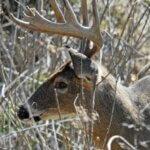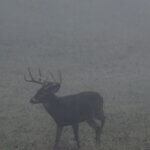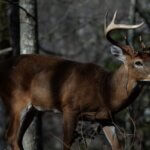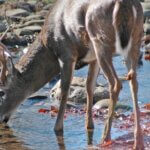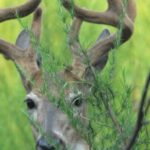Editor’s Note: Deer season starts now. You can improve your chances of taking deer by building stalking trails in pine plantations and using trail/motion sensor cameras. You’ll open-up more land and possibly take bigger bucks on the property you hunt too. Some of the biggest bucks on the land you hunt may live in 2- to 15-year-old pine plantations where the bucks can survive for many years and only come out of the pines when they experience no hunting pressure. Mark Thomas, a wildlife biologist and forester, manages many properties for deer using trail cameras.
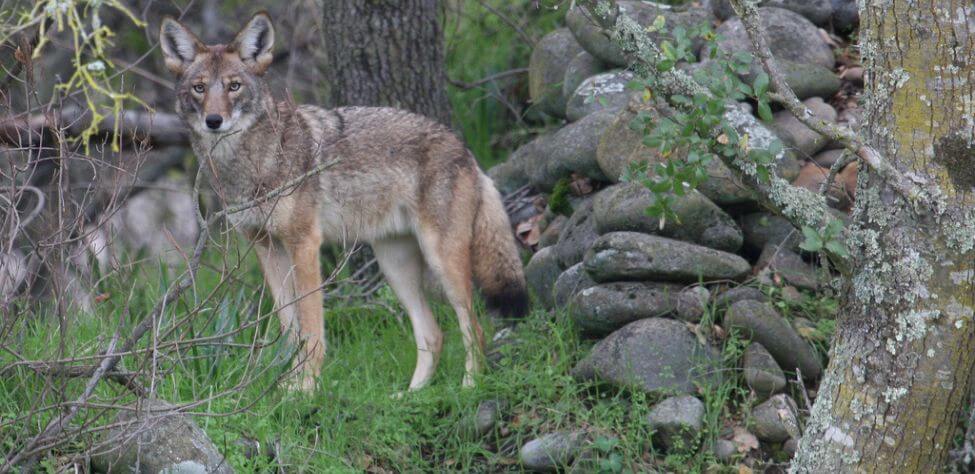
Photograph Older-Age-Class Buck Deer: According to Thomas, “I’ll set-up on active scrapes to do a census during the rut. I try and find 15-20 active scrapes throughout the property, and I’ll set-up the cameras to take photographs of those scrapes. Using this technique, you’ll photograph not only your older-age-class bucks but also your yearling bucks and a large number of does. If I’m surveying a deer herd that has a really-good age structure where 25% of the bucks are more than 4-1/2 years old, I usually won’t get photographs of those older bucks around a bait station. But when I do a 2-day active-scrape buck census, I’ll see many of those older-age-class bucks.
“Then I can merge the information I’ve taken from my bait-station survey in with the information I’ve gotten from my active-scrape survey, thereby increasing the accuracy of my overall deer herd survey by 2-4%. With a normal census, using cameras over a bait station, you’ll have about a 92% accuracy rate. But when you factor in the active-scrape camera survey, your accuracy rate goes up to about 96-98%. But you’ll always have a certain percentage of deer on your land that you’ll never photograph.”
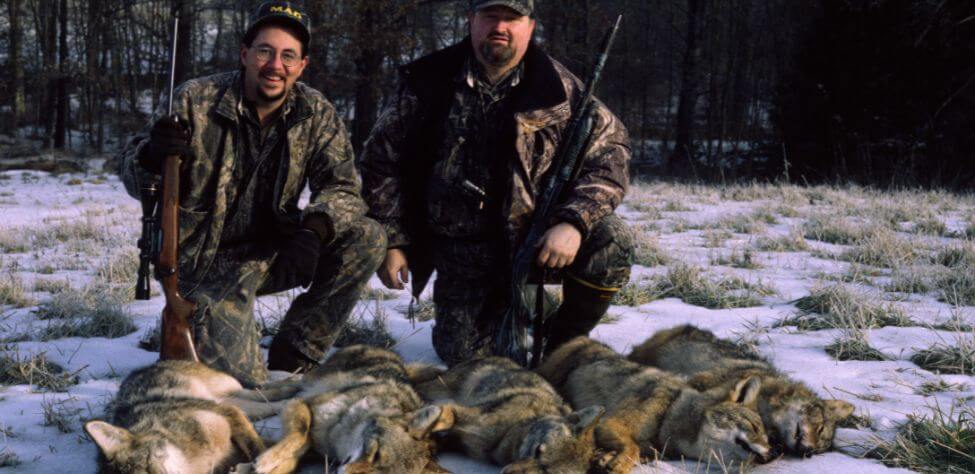
Watch Human Activity on Your Deer Lands: “I use the cameras too when I’m working with a new logger I’ve never used before,” Thomas explains. “I’ll put the camera a short distance in the woods along the road that the logger uses going into the woods and hauling timber out of the woods. The camera records every load of logs he takes out of these woods, and I compare the number of loads the logger tells me he takes out of the woods with the number of loads I’ve photographed him taking out of the woods. I make sure that the number of tickets that I have from the mill jive with the number of loads of lumber I’ve seen the logger take out.
“I use cameras to photograph gates, especially if one of the properties I manage is having problems with vandalism. I can see who’s vandalizing the gates, who’s gone into the property, who’s come off the property, and when they’ve gone in and come out. To catch poachers, I’ll set-up a dummy camera that oftentimes the poacher will find. Then I’ll hide two or three cameras around the dummy camera. When the flash goes off, there are four flashes at one time, and more than likely, he won’t see one or two of the flashes. Or, I’ll use an infrared flash, so that the poacher can’t see it.
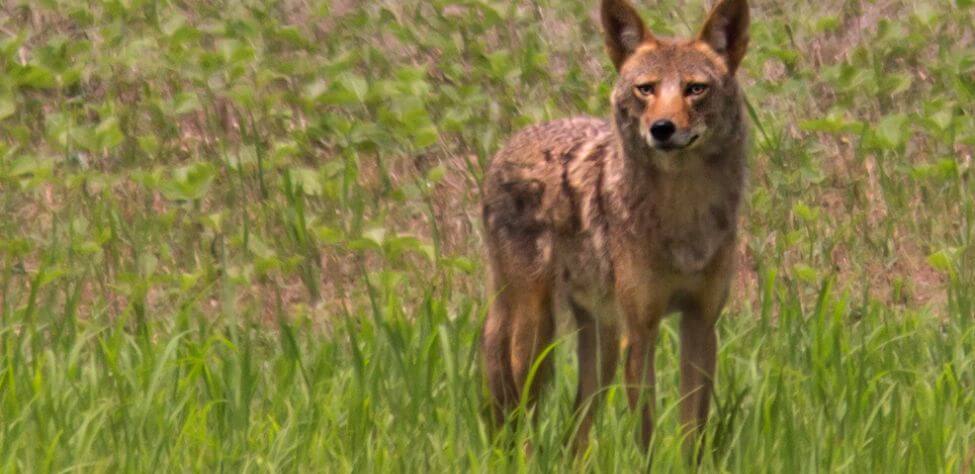
“Too, I’ll use the motion-sensor camera for property surveillance. If I have a piece of property with a cabin on it, I’ll set-up the camera to photograph anybody who enters or leaves the cabin. Often I’ll set-up cameras on the sides of roads where I can see who’s passing by my property. Any place you want to have silent surveillance and photographic evidence, use the cameras.”
Tomorrow: Learn about Predators on Deer Lands

How to Hunt and Take Big Buck Deer on Small Properties
In this book, you’ll hear from 14 hunters who either have gained permission or leased properties as small as six acres to as much as 250 acres, and how they consistently take older-age-class bucks off these little lands.
VERSIONS: AUDIBLE, KINDLE & PRINT

Jim Crumley’s Secrets of Bowhunting Deer
Using a black magic marker and a gray work jumpsuit, Jim Crumley of Buchanan, Virginia, drastically changed the nature and purpose of hunting camouflage when he created the first sportsman’s camouflage – Trebark. Crumley’s love of bowhunting and his desire to be more invisible changed hunting clothing forever.
In this hunting guide, he shares the wisdom that he’s learned throughout his lifetime about how to be a hunter, how to find a deer lease, how to scout for deer, and more.
Special features include how to:
- Have a magic 60 acres to hunt
- Decide the best equipment to use
- Find deer year-round
- Locate land to hunt
- Know the best place to put your tree stand
- Get bucks within bow range
VERSIONS: AUDIBLE, KINDLE & PRINT

How to Hunt Deer Like a Pro
How do you know if the land you hunt has a trophy deer on it? Wildlife manager Bob Zaiglin, of Uvalde, Texas and Jim Crumley, the father of modern-day hunting camouflage, tells you how to find out. GPS can make finding and taking that trophy buck easier. This hunting guide will teach you how to hunt big bucks where no one else can find them, how to call deer, and how to become versatile as a deer hunter, so that if one deer tactic doesn’t work, another one will.
In the chapter, “How to find Bucks at Scrape,” Dr. Keith Causey, retired professor of Wildlife Science at Auburn University, describes the best way to hunt a scrape.
Brad Harrison of Neosho, Missouri, is a nationally-known videographer, professional deer hunter and master at calling deer. Another master is Will Primos of Primos Game Calls. These two experts will tell the best deer calls and when to use them in this book.
And for over 20 years, Bo Pitman, lodge manager of White Oak Plantation, has been studying deer movement patterns. He explains what types of conditions are best for predicting deer movement.
VERSIONS: AUDIBLE, KINDLE & PRINT

Deer hunting and deer hunters are drastically changing each year. To learn new techniques for hunting deer and have more places to hunt, I’ve interviewed some of the best deer hunters in the nation and share their tactics in How to Hunt Deer Like a Pro: Volume II.
In Chapter 10, Jacob Lamar tells you his tactics for consistently taking older-age-class bucks on public lands in several states. Chapter 11, Bob Walker explains how to find places on public lands where you can hunt that 99 percent of the other hunters never have considered hunting. The Bonus Chapter with David Ramey tells you how, where, when and with what equipment to take big Kansas bucks on public lands by hunting in 100-degree weather when others won’t hunt.
Chapter 13, Mark Drury, his family and his guests take mature bucks every season by having more small places to hunt rather than one large property. Drury explains the strategy of having satellite farms to hunt that only may be 50-150 acres each or less. Chapter 15, Pat Reeve, who hunts far-northern states and Canada, says, “I don’t like hunting for mature bucks until the weather is 20 degrees or less.” Chapter 4, Dr. Larry Marchinton says that funnels are the most-reliable stand sites to hunt for big bucks and tells why.
VERSIONS: AUDIBLE & PRINT




